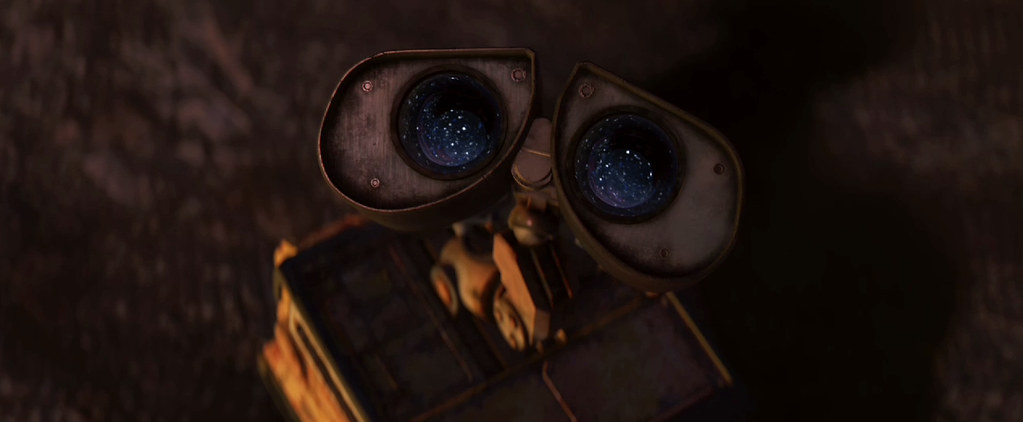We can’t afford to do nothing for our planet, because that’s what we’ve been doing the whole time, nothing, Cars, nothing!
“WALL-E” 2008 – WALT DISNEY
Remediation is the word of our century, how to remedy the mistakes of the past? It’s in general a big challenge, but it’s even huge when we talk about the environment.
At the same time, we have another word that characterize our century: artificial intelligence.
How can this two words fit together? When artificial intelligence (AI) helps humans in remediating environment mistakes.
In general AI helps in making decisions and there are many applications of AI methods, but in this article, we show some interesting results on how smart small robots can help cleaning water.
And here we are at the third important word of today: microplastics.
Water purification is a dream, what would it be like if the much-discussed AI was the solution?

The problems in our water.
Water is vital for all forms of life. However, of the Earth’s freshwater, less than 1% is estimated to be accessible, and its contamination represents one of the most severe ecological threats. Furthermore, clean water shortage is intensifying owing to the increasing global demand associated with population growth, industrialization and climate change. Contaminants such as plastic waste, heavy metals, persistent organic pollutants (including pharmaceuticals and pesticides) and oil spills are associated with substantial ecological risks.
In the aquatic ecosystem, contaminants can cause irreversible accumulative, recurrent, carcinogenic, mutagenic and other detrimental effects on the aquatic flora and fauna, while their propagation through the food chain further amplifies the associated risks. In addition, higher temperatures increase pathogens.
Despite recent advances, 75% of water bodies remain at ecological risk. During water remediation, most pollutants are not completely removed from contaminated areas or are merely degraded, releasing toxic by-products into the environment.
The promising micro and nano-scale robots
Robots are machines programmed to perform specific tasks autonomously or under human supervision. Small-scale robots (<100 μm) are micro and nanostructured materials capable of harvesting energy from the surrounding environment and converting it into locomotion. These tiny devices benefit from the synergy between their motion attributes and their unique size-, shape- and structure-dependent physicochemical properties at the micro- and nanoscale. Furthermore in water remediation, they show superior performance compared to passive matter (for example, conventional static micro- and nanomaterials).
Depending on the motion mechanism, micro- and nanorobots can be classified as fuel-driven or externally driven and they are distinguished under different fabrication methods: electrochemical, chemical, physical, bio-based, self-assembly, 3D printing.
Robots for water remediation: the case of microplastics
Micro- and nanorobots could accelerate and improve the water decontamination process. The synergistic action between their active motion and their material properties enhances the possibility to remove pollutants at the solid–liquid interface.
Plastics are synthetic materials made of polymer chains, that is, monomers linked by covalent bonds. Owing to their high adaptability, durability, flexibility, low weight and cost, plastics manufacturing has increased exponentially in the last 70 years, making them ubiquitous in our lives. However, plastics are difficult to eliminate and they mainly accumulate in marine environments, where they fragment into smaller and more hazardous particles, namely, microplastics (<5 mm) and nanoplastics (<1 μm). Their physicochemical properties mean that nano- and microplastics adsorb pollutants on their surfaces and support the growth of bacterial biofilms. They can propagate through the food chain or directly contaminate drinking water distribution systems, posing a danger to the health of all living beings. Microplastics have already been detected in human blood, highlighting the importance of developing effective and definitive strategies for their elimination.
Nano-robots use different techniques to capture microplastics and they degrade them or push them away from the water for the next elimination. The first attempts at using micro- and nanorobots for microplastic sequestration used the active movement of light-driven Au–Ni–TiO2 microrobots as self-propelled micromachines. These microrobots propel themselves under ultraviolet light irradiation in water and H2O2 by self-electrophoresis, capturing microplastics on their way. Moreover, they can assemble into micro-chains upon exposure to an external magnetic field and move in a coordinated manner.
In alternative, there’s adsorptive bubble separation: microplastics are trapped in the O2 bubbles generated by H2O2 decomposition during the microrobots’ motion. The microplastic-containing bubbles are then pushed toward the solution’s surface, creating a foam that can be easily separated.

For water-remediation applications, where the efficacy and speed of the purification process are crucial, micro- and nanorobots have proved effective owing to the synergy between active motion and programmable pollutant removal– degradation mechanisms through material design.
These are only two examples of how microrobots can remediate water pollution, but many challenges are still open. The main limitation is related to their applicability in open-water systems: oceans, seas, lakes and rivers. In principle, fuel-free sunlight-powered micro- and nanorobots are suitable for offshore water treatment because their activation does not require expensive and bulky or a chemical fuel that would be dispersed in an open space.
However, their propulsion might be hindered by the decreasing light penetration with depth, restricting their use to surface-water treatment. Moreover, the motility of light-driven self-electrophoretic robots is hampered in high-salinity waters owing to the higher solution conductivity, which decreases the autogenerated electric field. In addition, marine currents could overcome the motion of the robots, impeding their recovery and re-use.
At this time their performances are optimal in a confined water environment where light intensity and currents can be controlled. The road to real-world applications is still uphill, but these first applications look promising.
References:
Urso, M., Ussia, M. & Pumera, M. Smart micro- and nanorobots for water purification. Nat Rev Bioeng 1, 236–251 (2023). https://doi.org/10.1038/s44222-023-00025-9.





